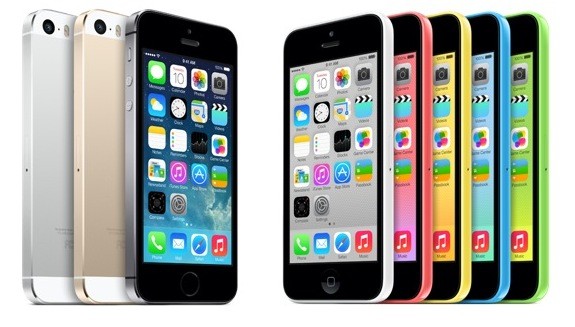There is an article this week in the venerable New York Times, in which the author, one of that paper’s high-tech scribes, suggests that the Apple Corporation, makers of the iPhone and so much else that is modish, are doing a number on us.

Wrote Catherine Rampell, a user of Apple products and a devoted one: “Around the time the iPhone 5S and 5C were released in September, I noticed that my sad old iPhone 4 was becoming a lot more sluggish. The battery was starting to run down much faster, too.”
Several lines later, having analyzed some of the technical reasons why her adoption of Apple’s new iOS7 mobile operating system seemed to be making serious demands of her not-so-vintage instrument, she mused, “It seemed like Apple was sending me a not-so-subtle message to upgrade.” Quoting others on the point that “breakdowns in older Apple products can often coincide with when upgrades come onto the market,” Rampell reports, “Many have taken this as evidence of ‘planned obsolescence.'”
That dreaded term dates from an earlier and ill-fated chapter in American commercial history, when it was applied to domestically manufactured automobiles from the 1950s and 1960s, widely known to have a pre-planned geriatric decline built in from the time the vehicles left the assembly line.
The idea, of course, was to force buyers of American cars to invest in new models every few years. It worked like a charm, right up to the time, roughly in the early 1970s, when Germans, Scandinavians, Japanese, and other East Asian manufacturers stumbled onto the idea that if they made motor vehicles that lasted for a while, they could break the monopolistic American auto industry.
To Detroit’s everlasting misery, this is exactly what they did. While, to some extent, the domestic car business is still playing catch-up to the interlopers, most manufacturers these days, foreign and domestic, create vehicles that can reliably be expected to drive well above 100,000 miles.
We admire Apple (especially now that the company has resumed manufacturing some of its staple products in the U.S.), and we honor the saga of the late Steve Jobs as much as anybody. But Jobs’ heirs have taken to emphasizing what are called “iterations” — relatively unspectacular technical upgrades — in their products rather than the innovations we used to look forward to. The same slide in market share is now befalling the Apple folks as it previously did the denizens of Detroit — and the makers of disposable razor blades, for that matter.
The moral of this story? We don’t have one, except to observe that there are recurrent cycles in the rise and fall of commercial prodigies as well as empires and that complacency, rather than pride, is what goeth before the fall.
But who are we to talk? News, the stuff of our business, has a shelf-life that has gone from days to hours to minutes. We didn’t exactly design it this way, but we spend most of our time rounding up new product to replace the old.